Table of Contents
* Our articles never contain AI-generated slop *
Fermenting tomato seeds is a great way to increase your tomato seed germination rate and improve seed performance.
If you've struggled with germination on tomato seeds you've saved, give this a try!
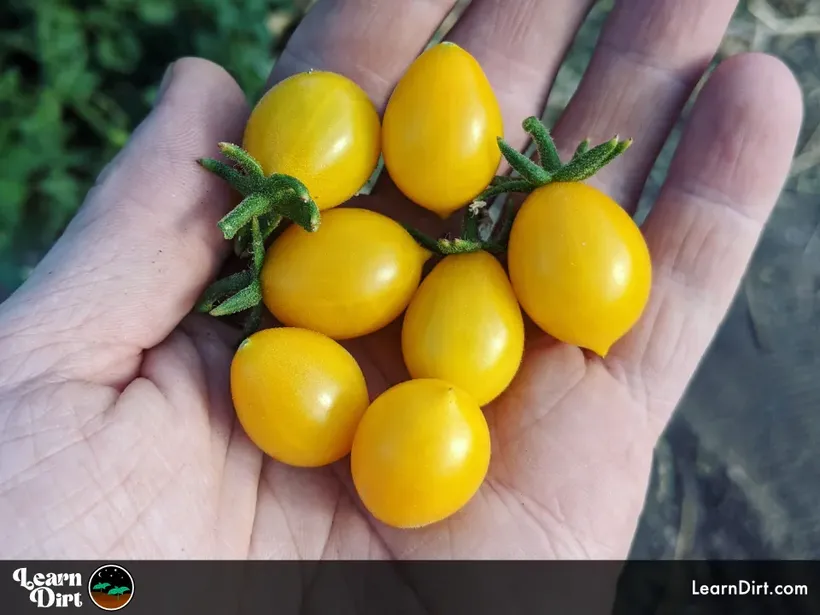
Why Ferment Tomato Seeds?
Like many fruit, when tomatoes are allowed to reseed on their own they naturally ferment on the vine and continue to ferment on the ground. The seeds inside are suspended in the fermenting tomato juice while wild yeasts and bacteria break it down.
Disclaimer: This post may contain affiliate links. Refer to the privacy policy for more information.
This is important because tomatoes contain a seed germination inhibitor which prevents their seeds from sprouting prematurely.
Only during the fermentation process does this germination inhibitor break down, allowing the seeds to sprout readily after that.
By simulating this process yourself with tomato seeds you want to save, you can give them the best chance of germinating when you're ready to plant.
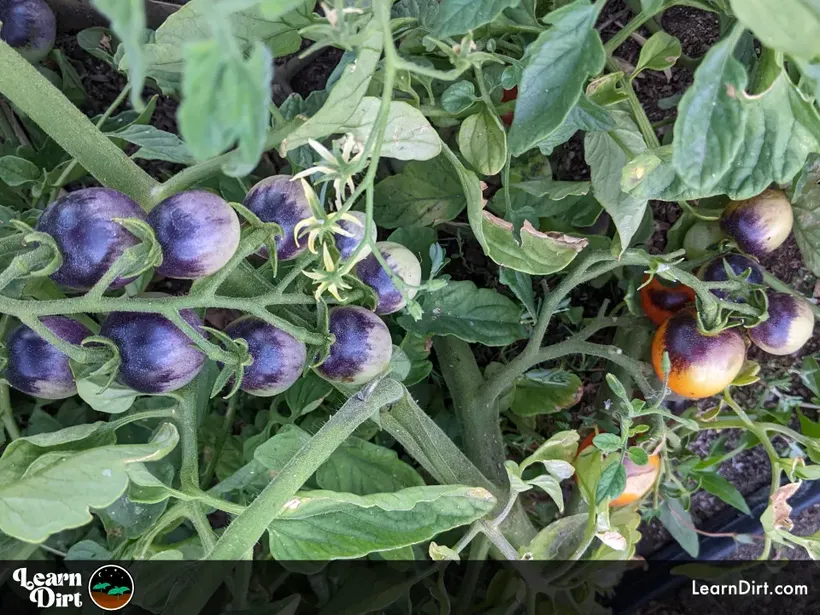
How to Ferment Tomato Seeds
After harvesting your fresh tomatoes, pick out the best ones to save seeds from.
Cut your tomatoes in half, and squeeze the inner juice, pulp, and seeds into a mason jar or a glass. You want everything but the skins (although it's ok if some skins end up in as well, they simply aren't necessary).
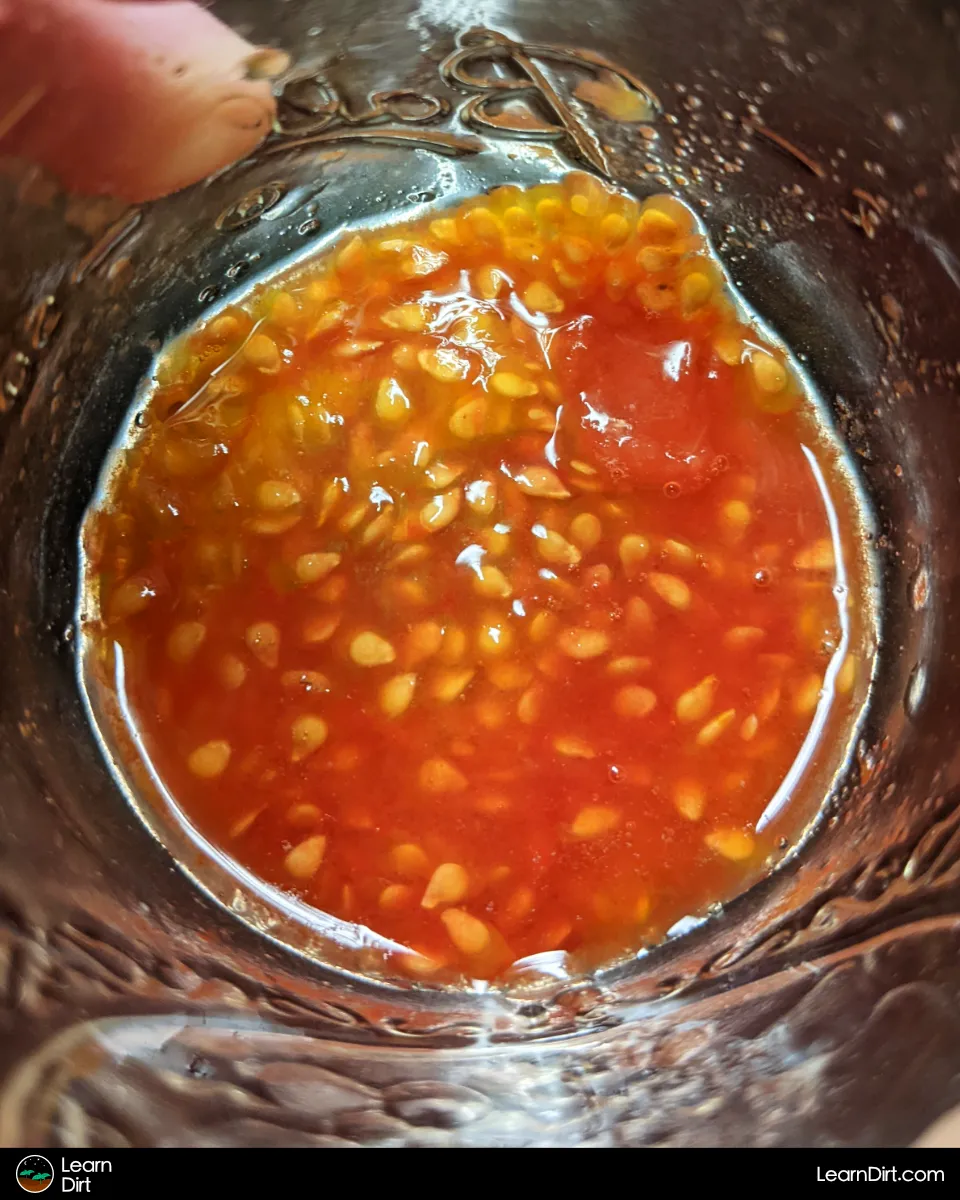
When you've got a jar mostly full of seeds, juice, and tomato pulp, top it off with water and cover it with a lid or plastic wrap.
Leave your jar for about a week at room temperature, longer if your house is cold. Keep in mind that some gas will be produced, so you'll want to burp the lid every couple days if pressure starts to build.
After a week or two, you'll have a pretty vile concoction that will smell and look terrible. Great! You've successfully fermented tomato gloop.
The viable seeds will have sunk to the bottom, so pour off a bunch of the nasty ferment carefully, without pouring out the sunken seeds. Floating seeds are usually not viable, so don't worry about them.
Once you've poured most of the liquid out, fill the jar to the top with water and wait for the seeds to settle to the bottom. Then pour most of the water out.
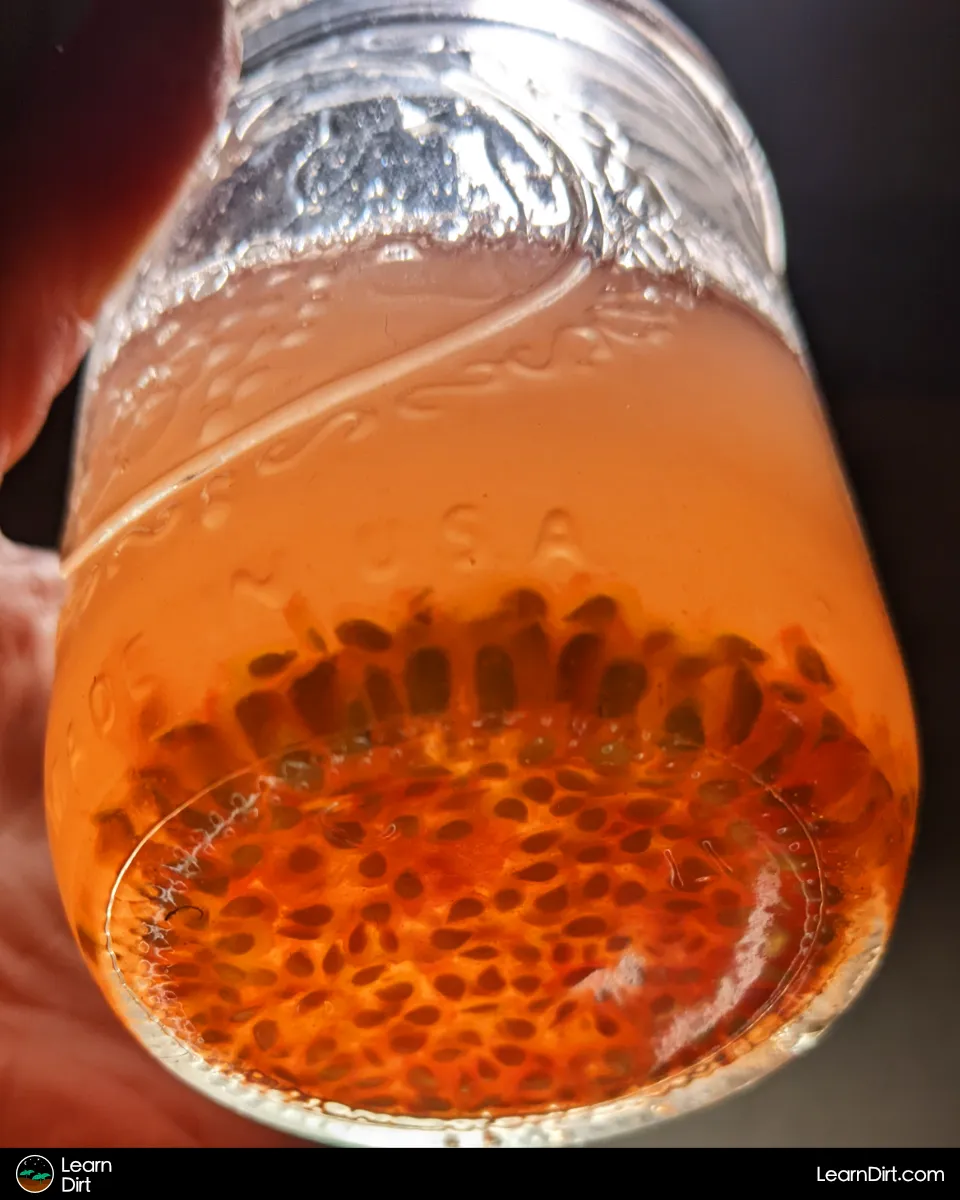
Repeat this a few times, and your seeds will get cleaner and cleaner as you go. Once they're clean, dump them out onto a paper towel (or a regular towel) and let them dry completely.
If your house is cool or humid, you can set them near a fan or a stove to help speed this up. You can also change the paper towels (or regular towel) for dry, to help them dry off faster.
As long as the seeds dry within a few days, you're set. If it takes much longer than that they might mold - not helpful, avoid this.
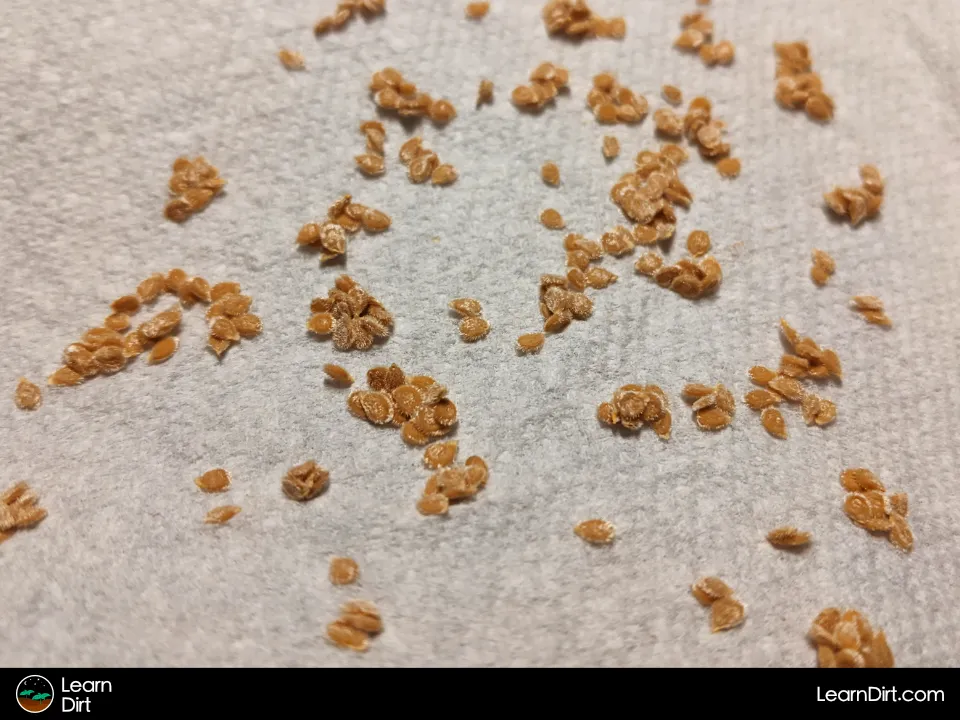
Don't forget to label the seeds and store them away for next season. Check out our guide on Storing Saved Seeds for some seed storage tips.
Congratulations, you've successfully fermented your tomato seeds and improved the chances of them germinating!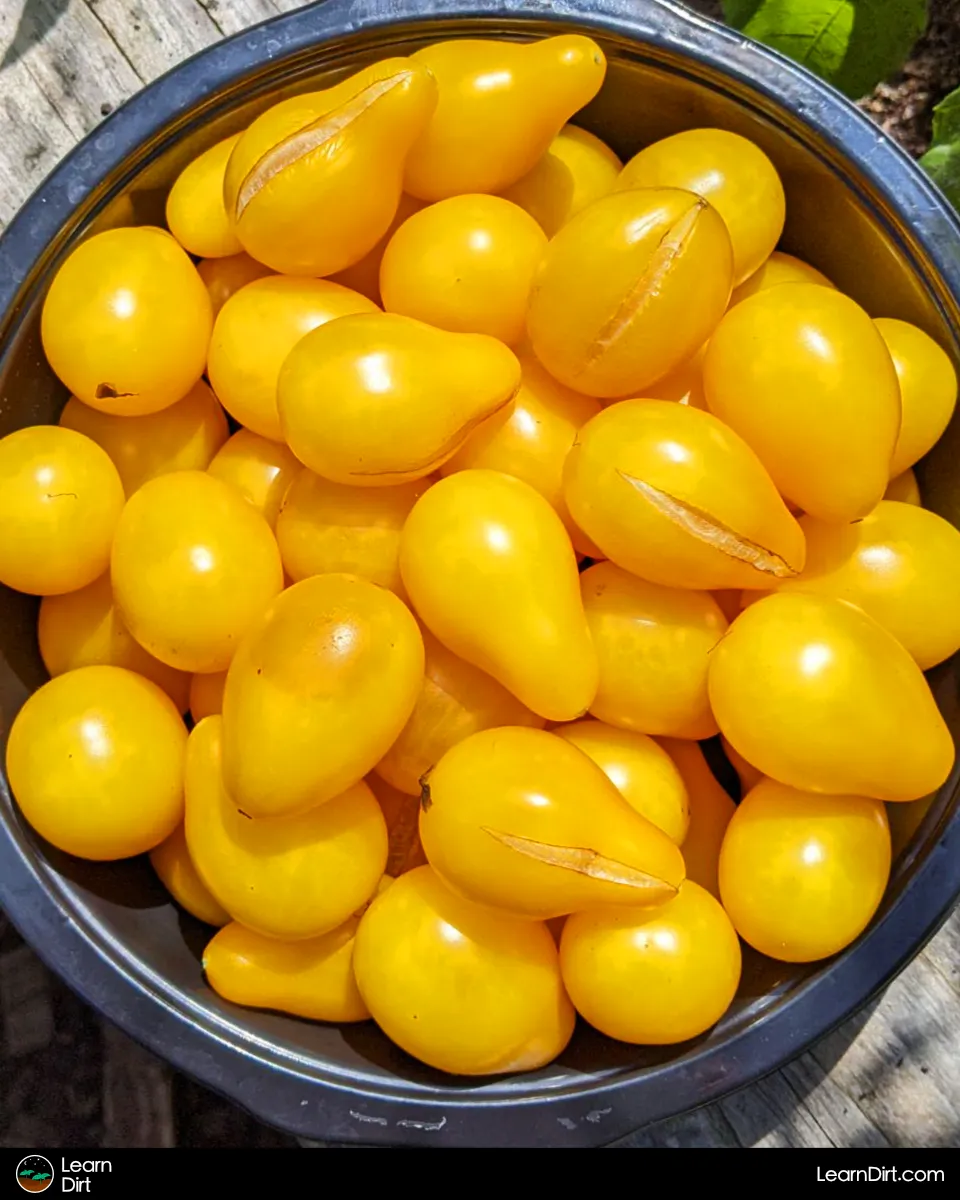
Next Steps
Once you've got saved tomato seeds which you primed to germinate with fermentation, it's a good idea to test the seed germination rate so you know what to expect when you plant them.

If you'd like to learn about starting those seeds next year, check out How to Start Plants From Seed Indoors
Join The Grower's Community
A FREE, friendly forum
where you can ask questions,
swap tips, and meet like-minded growers 🌱
Check It Out!
And finally, feel free to browse the rest of the site for tons more info on everything you can possibly want to know about regenerative gardening. Until next time, garden friends!








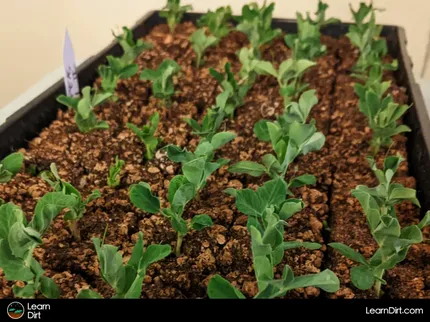

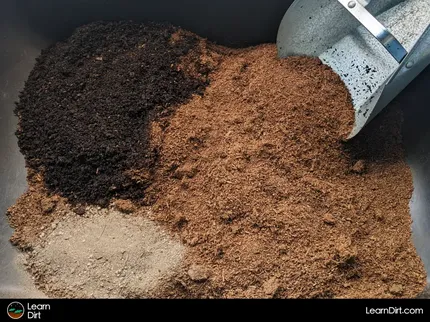
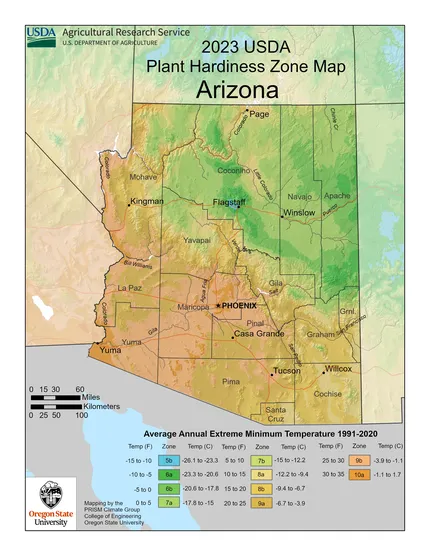
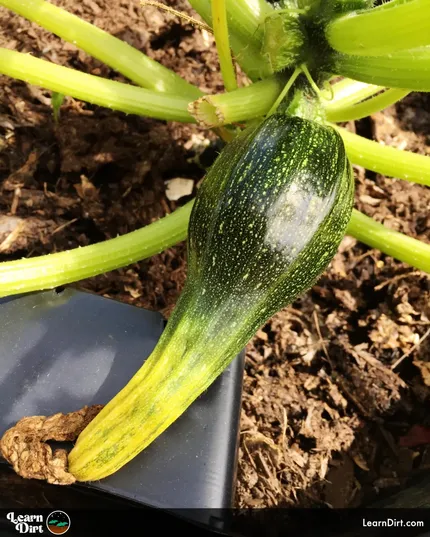

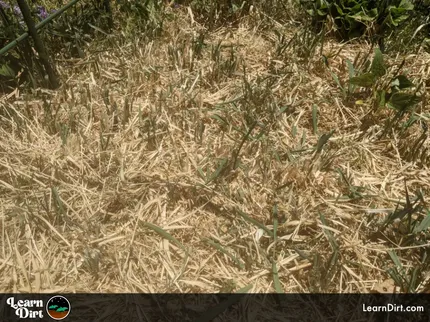
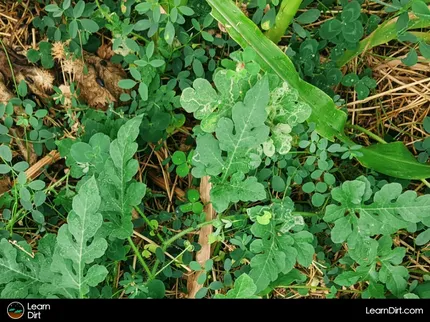
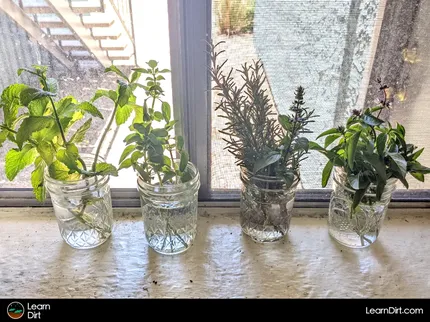
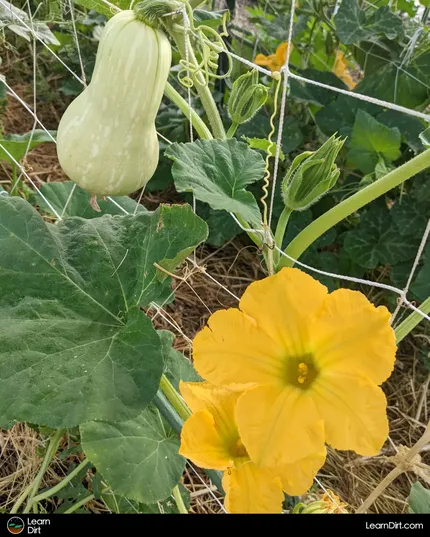
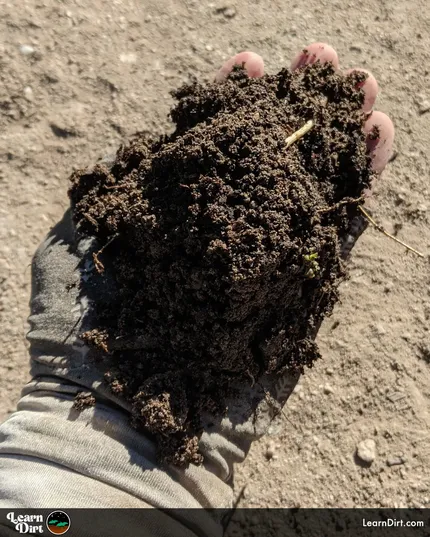
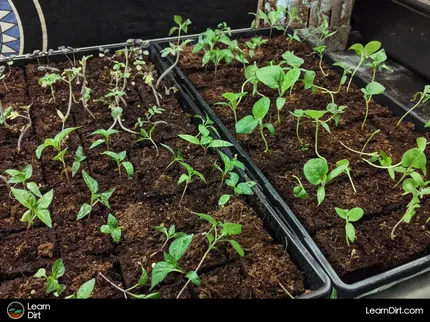


![Don't Till Away Your Carbon [Neon] Sticker](/media/product_images/dont-till-away-your-carbon-[neon]_sticker_260x260.png)
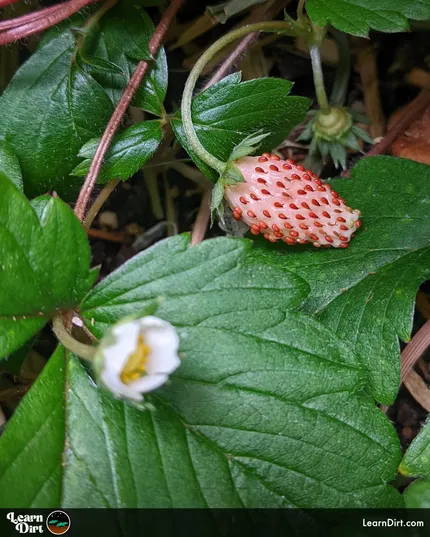
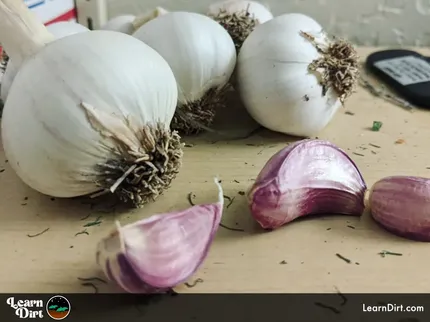
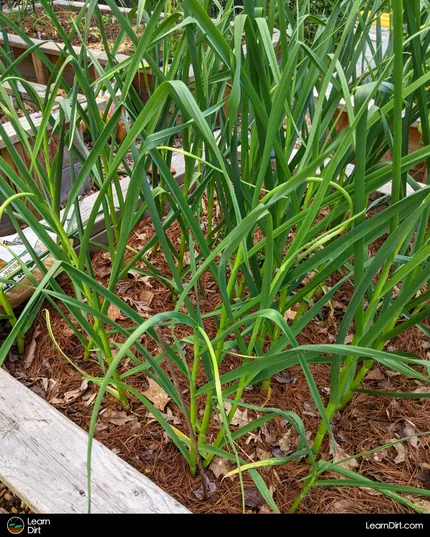
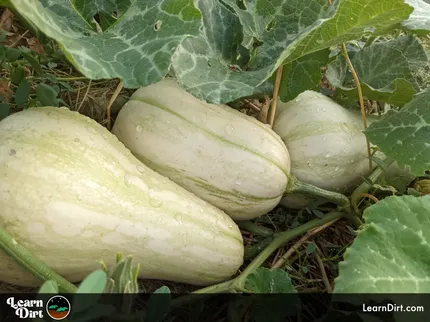
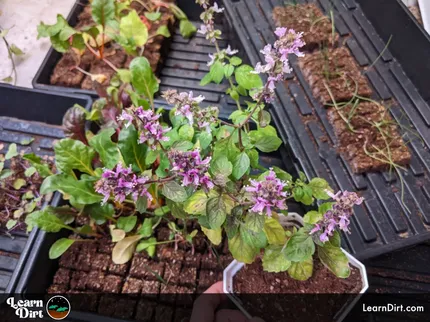

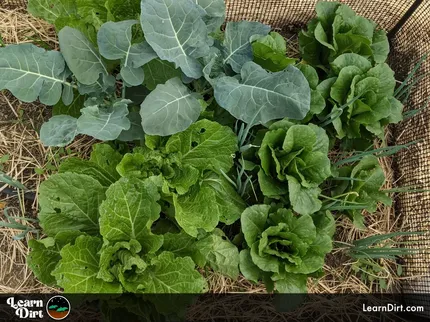
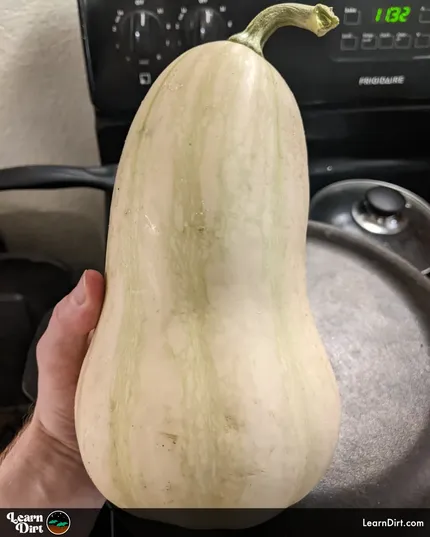
Leave A Comment:
Under construction, please check back soon!